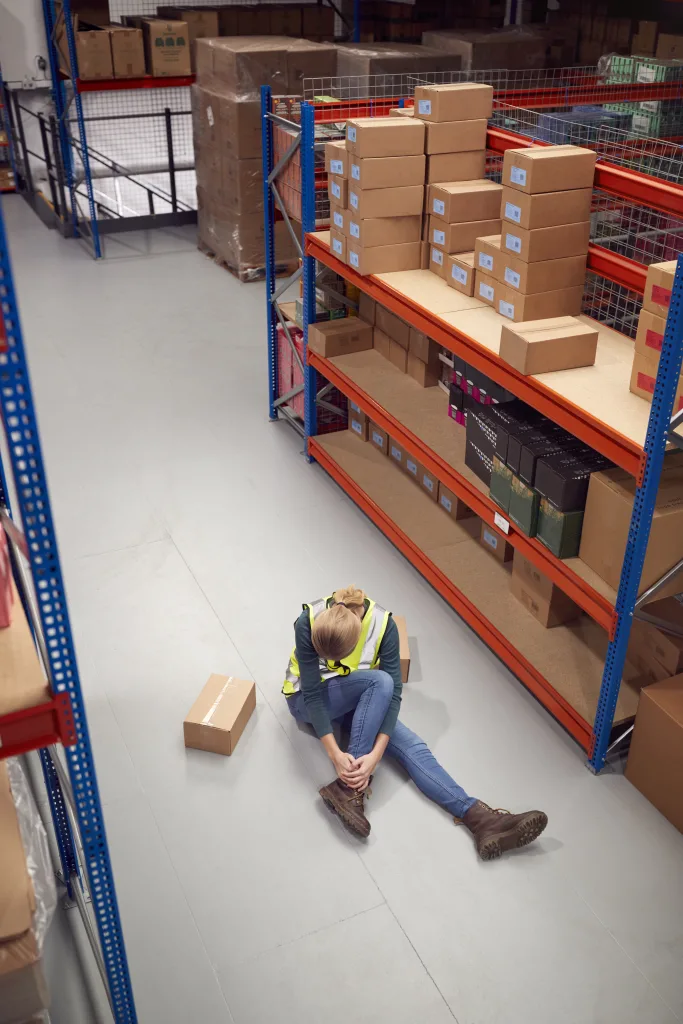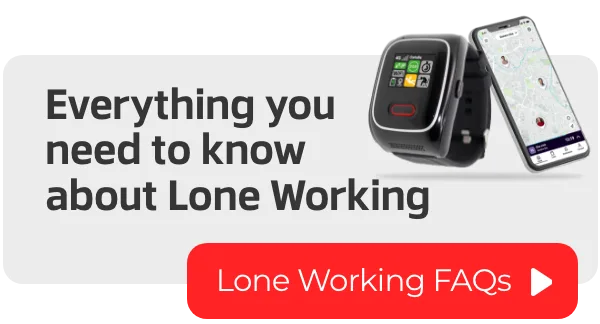Home > Knowledge Hub > Blog
How Can You Keep Lone Workers Safe?
From engineers maintaining infrastructure to carers visiting clients in their homes, millions of workers across the UK carry out their roles alone. While these roles are essential and often rewarding, lone working brings a unique set of challenges that employers must address.
A lack of immediate support in an emergency, exposure to unpredictable environments, and the mental toll of isolation are just some of the issues that can put lone workers at increased risk.
Fortunately, there are clear steps organisations can take to protect their lone working employees, fulfil their legal responsibilities, and foster a culture of safety and care.
Key Strategies to Keep Lone Workers Safe
1. Conduct Comprehensive Risk Assessments
Under the Management of Health and Safety at Work Regulations 1999, employers must carry out risk assessments for all roles — including lone working. This means evaluating where, when, and how staff are working alone, identifying hazards (such as remote environments or aggressive behaviour from the public), and taking proportionate steps to minimise the risks. Risk assessments should be reviewed regularly and adapted if the nature of the work changes.
2. Establish a Clear Lone Working Policy
A lone working policy is essential for setting expectations and procedures. It should include:
- Who qualifies as a lone worker in your organisation
- Potential risks and how they’re managed
- How and when employees are expected to check in
- Emergency response procedures
- Equipment or technology issued to staff
This ensures consistency across your organisation and gives lone workers a clear reference point.
3. Maintain Reliable Communication
Regular contact is vital to ensuring lone workers’ safety. Communication may include scheduled calls, start and end-of-shift check-ins, or real-time monitoring through devices or apps. Poor signal in remote areas or out-of-hours working must be considered when choosing the right method.
4. Train Staff for Confidence and Safety
Training empowers lone workers to handle challenging situations, such as managing conflict or responding to a medical emergency. It also builds confidence in using any technology provided for their safety, such as panic alarms or check-in systems. Training should be ongoing and reviewed as roles or risks evolve.
5. Leverage Lone Worker Safety Technology
Modern technology can significantly improve the safety of lone workers. Lone Worker Devices to consider include:
- Personal alarms with GPS tracking
- Wearable safety devices such as watches with fall detection or SOS buttons
- Smartphone apps that automate check-ins and alert a monitoring centre in an emergency
- 24/7 monitoring by an accredited Alarm Receiving Centre (ARC)
These solutions provide fast intervention if something goes wrong and peace of mind for both employees and managers.


Almas Industries: Your Partner in Lone Worker Safety
At Almas Industries, we specialise in providing tailored solutions to protect lone working across the UK. Our range of products includes:
- Safety Watch: Wearable devices that offer real-time monitoring and emergency alerts.
- Lone Worker App+: A mobile application designed to keep lone workers connected and safe.
- 24/7 Monitoring Services: Our Alarm Receiving Centre (ARC) ensures immediate response to any alerts or emergencies.
With our expertise and commitment to safety, we help businesses comply with legal requirements and, more importantly, protect their most valuable asset, their employees.
Don’t wait until it’s too late. Ensure the safety of your lone workers today with Almas Industries and get in touch today!

Social Media
For all the latest Lone Worker news from Almas Industries follow our social media!
We're Serious About Lone Worker Safety
Our goal is to understand your lone workers unique needs and deliver bespoke solutions that are effective and keep you compliant with Health and Safety legislation.
Protect Your Lone Workers Now
Get advice on the solution that aligns with your operational structure, geographical spread of lone workers, and your operational hours.

Contact us today to work with a leader in UK Lone Worker Protection.



